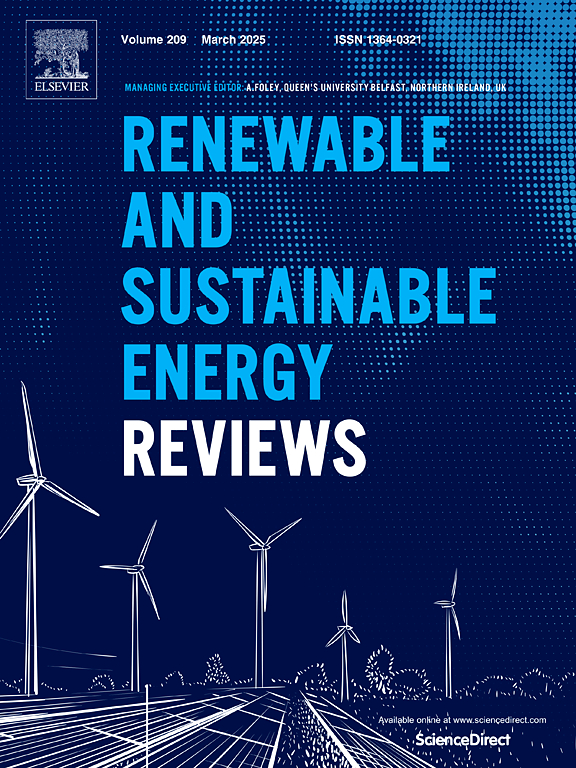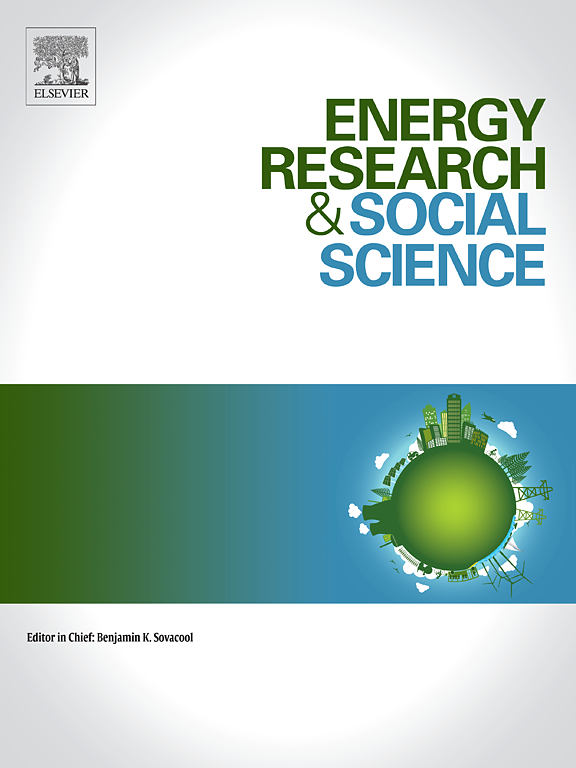Central Asia is largely dominated by drylands; so agriculture depends on irrigation in most parts of the region, which results in large scale water withdrawal, mainly from rivers, and, consequently, water scarcity. Climate change is expected to aggravate such water shortages as river flows are predicted to be substantially reduced during the second half of this century, which will put additional strain on irrigated agriculture. Tree wind breaks are one option to reduce water consumption in irrigated agriculture, add to farm income, and are therefore prioritized by government policies. Still, many farmers fear that tree wind breaks may compromise crop yields and income. Therefore, based on preceding studies this paper investigates the water productivity – net present value by unit of water consumed – of tree wind break systems of single row tree rows combined with cotton (Gossypium hirsutum L.), corn (Zea mays L.), and rice (Oryza sativa L.) compared with those crops under open field conditions. The tree wind break systems attained higher water productivities across all crops, different discount rates, tree ages of tree wind breaks, and varying crop yields. Tree wind break systems at 200 m spacing attained higher water productivities than those at 1000 m spacing. In conclusion, tree wind breaks can be inserted into the irrigated agriculture as an additional source of farm income, source for wood resources, and help reducing overall water consumption in irrigated agriculture. Simple tree lines are put forward, as multiple tree rows have been shown not to attain financial gains and save less water than the single tree lines.
DOI:
https://doi.org/10.1016/j.tfp.2021.100085
Altmetric score:
Dimensions Citation Count:
























